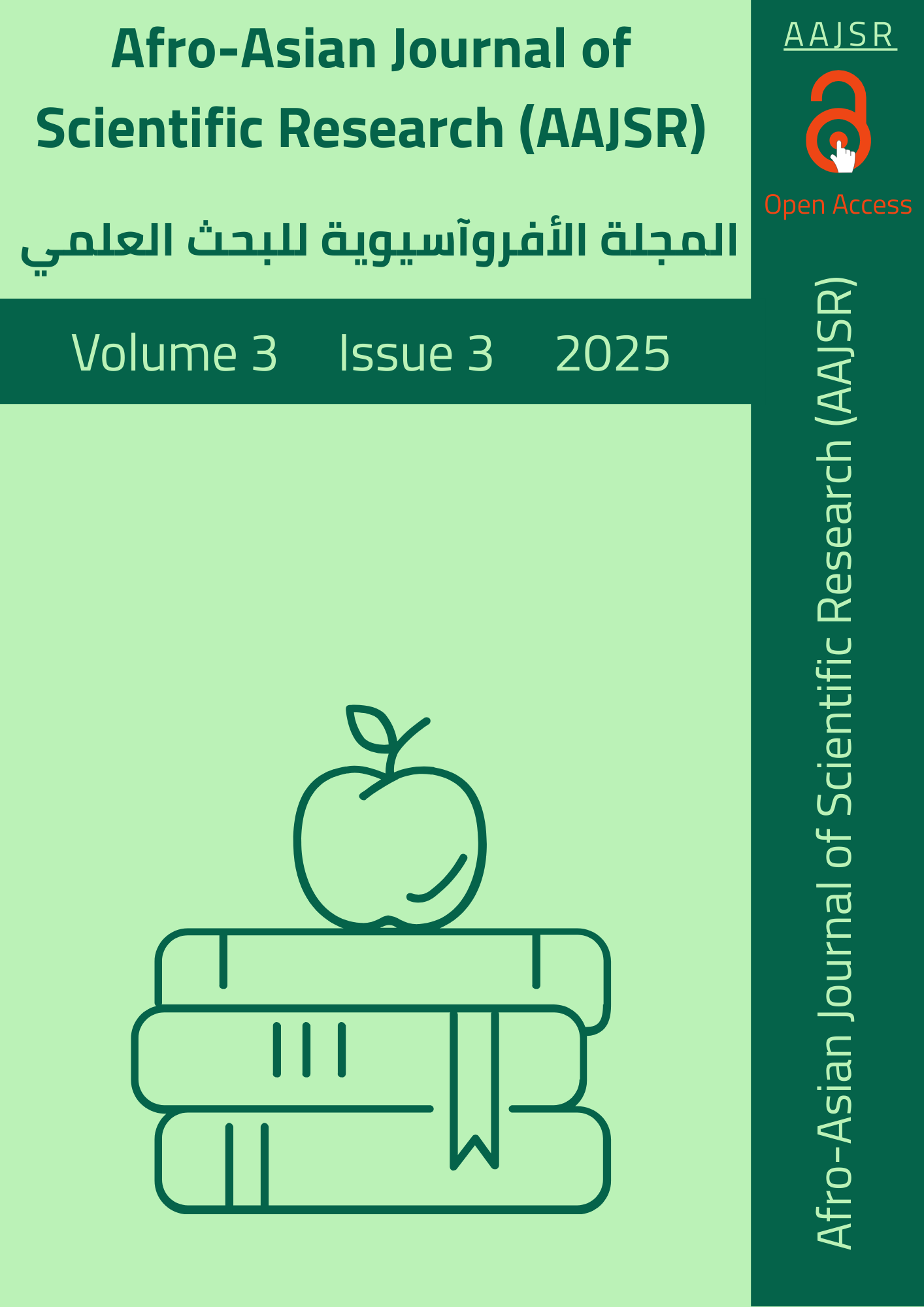Evaluation of the Genotoxicity and Cytotoxic Potential of GC-MS analysis of Phytoconstituents in Ethanolic Extract of Pistacia Atlantica on Allium cepa L. Root Meristem cells
Keywords:
Pistacia Atlantica, Flavonoids, Phenolic, Mitotic Index, GenotoxicityAbstract
Phenolic compounds are well-known phytochemicals found in all plants. They consist of simple phenols, benzoic and cinnamic acid, coumarins, tannins, lignins, lignans and flavonoids. Substantial developments in research focused on the extraction, identification and quantification of phenolic compounds as medicinal. Organic solvent extraction is the main method used to extract phenolics. Chemical procedures are used to detect the presence of total phenolics, and flavonoids while chromatographic techniques and spectrophotometric are utilized to identify and quantify individual phenolic compounds. This article addresses the application of different methodologies utilized in the analysis of phenolic compounds in plant including recent technical developments in the quantification of phenolics.The phytochemical investigation of ethenol extract of P. atlantica leaves revealed the presence of alkaloides, phenolic compounds, tannins, flavonoids, saponins, resins, glycosides. The objective of present study is to identify the flavonoids,poly phenolic in ethenol extract of P. Atlantica leaves using GC-MS analysis and study designed to evaluate the genotoxic and cytotoxic effects of an ethanolic extract from the Pistacia atlantica plant. The research employed the widely recognized Allium cepa bioassay to assess the extract's impact on mitotic division and the induction of chromosomal abnormalities in onion root tip cells. The analysis of the mitotic Index and cell division stages demonstrated a clear inhibitory effect of the Pistacia atlantica ethanolic extract. Treatment with both the 2 mg\ml and 20 mg\ml concentration resulted in a significant and progressive decrease in the mitotic index compared to the control group. As well as to treatment with the ethanolic extract of Pistacia atlantica induced a variety of chromosomal abnormalities in the Allium cepa root tips meristemal cells. The types and rates of these aberrations were found to vary depending on the concentration and exposure time.





